1. Material Lifting in Construction
On construction sites, material handling and lifting are essential aspects of daily work. Conventional winches, with their simple structure and flexible operation, are widely used for various material lifting tasks. For example, heavy construction materials such as rebar, lumber, and concrete blocks are not only inefficient but also pose significant safety risks when handled manually. Using a conventional winch in conjunction with a pulley system allows for the rapid and safe lifting of heavy objects from the ground to different floors.
In operation, the winch, driven by a motor or manual power source, winds a steel cable, generating traction. Construction workers simply control the winch switch to lift and lower materials, significantly reducing labor costs. Furthermore, winches are easy to install and can be moved to different work locations to adapt to changing construction environments. Some large-scale projects utilize multiple winches in coordinated operation to lift larger tonnages of material, improving project progress and ensuring safety.

2. Ore Transportation in the Mining Industry
Mining operations are complex, with confined spaces and limited ventilation within mines, making material transportation particularly critical. Conventional winches are primarily used to pull and transport ore and equipment within mines. Ore carts, connected to steel cables and driven by winches, transport ore along tracks from the extraction site to the mine entrance or processing plant.
In one metal mine, conventional winches were used as auxiliary traction equipment, replacing traditional manual and mechanical methods. Adjusting the winch's tension and speed ensures smooth operation of the carts, preventing spillage and equipment collisions. The durability and ease of maintenance of conventional winches allow them to maintain efficient operation even in the harsh mining environment, effectively improving ore transportation efficiency by approximately 30%, reducing miners' workload, and improving operational safety.
3. Cargo Loading and Unloading at Ports and Terminals
As cargo distribution centers, the efficiency of loading and unloading operations at ports directly impacts logistics efficiency. While large ports primarily utilize automated machinery, conventional winches still play an important role at small and medium-sized terminals, or to assist in the loading and unloading of light cargo. They can be used to tow cargo onto and off ships, especially in locations with limited space or insufficient mechanical equipment.
For example, a small coastal port uses conventional winches to tow and position light containers, bulk bags, and other cargo. A winch system, combined with pulleys and guide rails, allows workers to remotely control the winch's start, stop, and steering, enabling precise loading and unloading of cargo. This solution offers low investment and simplified maintenance, while also improving operational flexibility and safety, and reducing downtime due to mechanical failures.
4. Timber Hauling in Forestry
Felled trees in forestry operations are often located across rugged terrain. Traditional manual hauling is not only time-consuming and labor-intensive, but also poses safety risks. Conventional winches, which use cables to pull felled trees, enable long-distance hauling and are a key component of forestry mechanization.
A mountain forestry farm uses conventional winches, both manual and power-driven, in conjunction with a pulley and guide rail system, to haul felled timber from the base of the hillside to the logging site. The winches are easy to operate, adaptable to complex terrain, and significantly reduce manual handling effort and the risk of accidents. By strategically arranging the winch's location and cable routing, the farm has significantly improved timber transportation efficiency, ensuring operational safety and environmental compliance.
5. Ship Repair and Rescue Operations
Ship repair and maritime rescue operations require rapid deployment of hauling equipment. Conventional winches, due to their compact design, portability, and ease of maintenance, have become a preferred option for rescue teams. They can be used to tow stranded vessels, lift sunken wreckage, or assist in loading and unloading repair parts.
For example, a maritime rescue company has deployed several portable conventional winches for emergency towing of small vessels at sea. Rescuers quickly deploy the winches based on the situation and use either onboard power or manual operation to free or secure the vessel. The reliability and ease of operation of conventional winches significantly shorten rescue response times and increase rescue success rates.

 ENG
ENG
 English
English русский
русский Español
Español

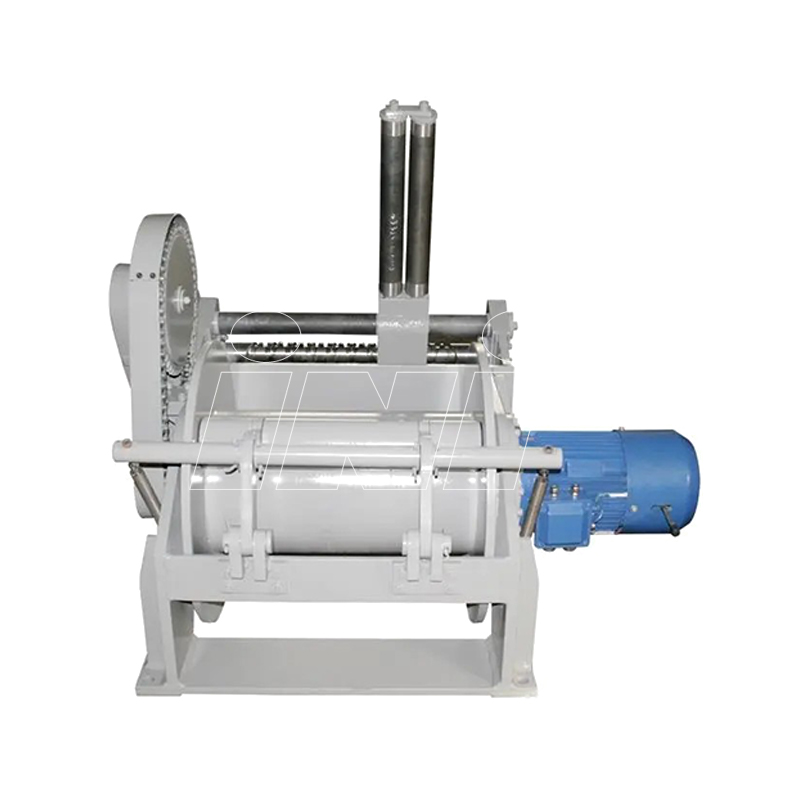
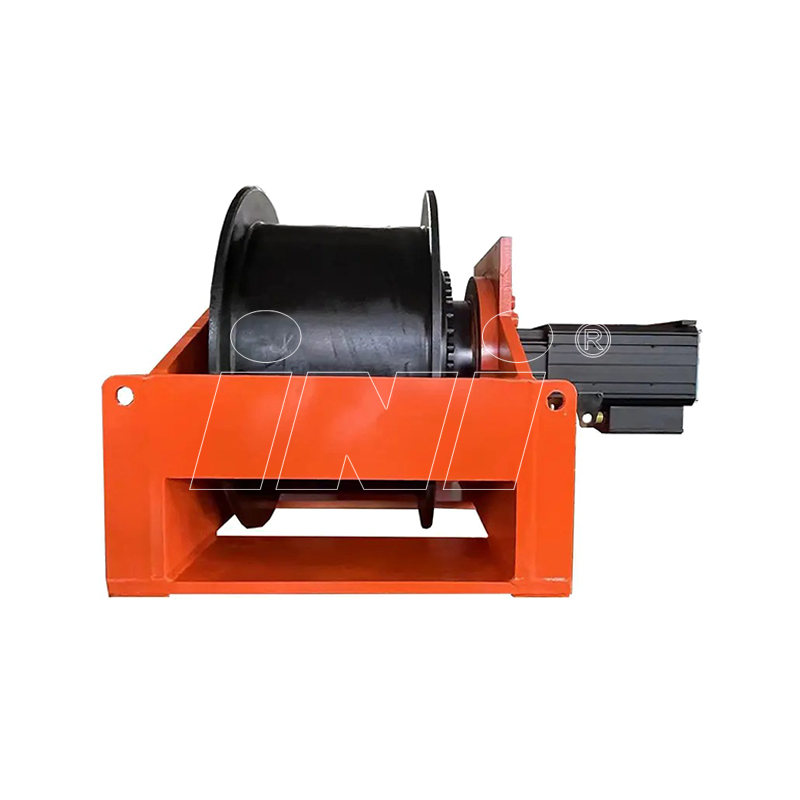

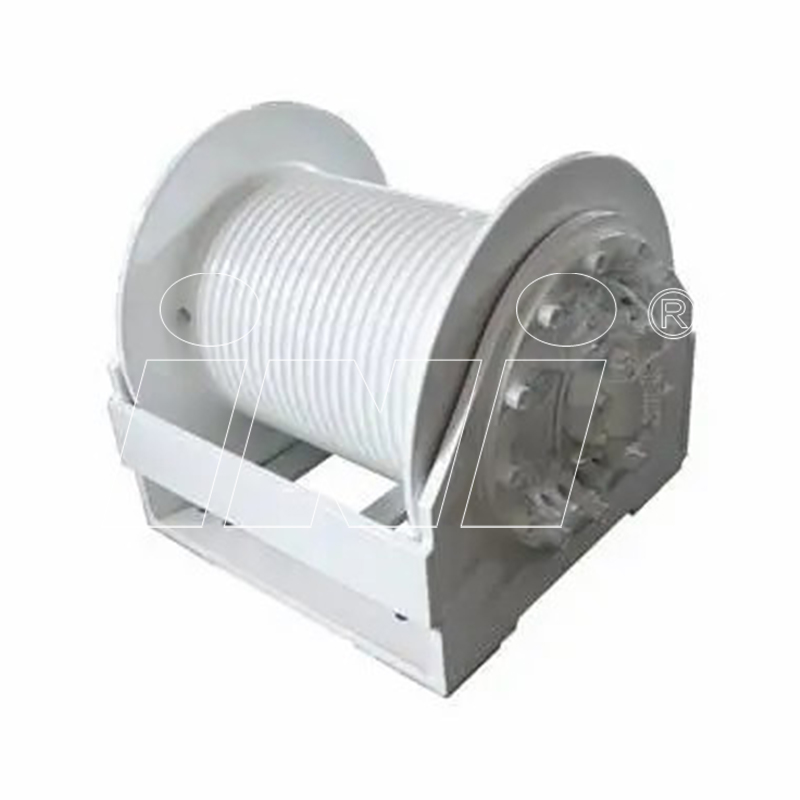
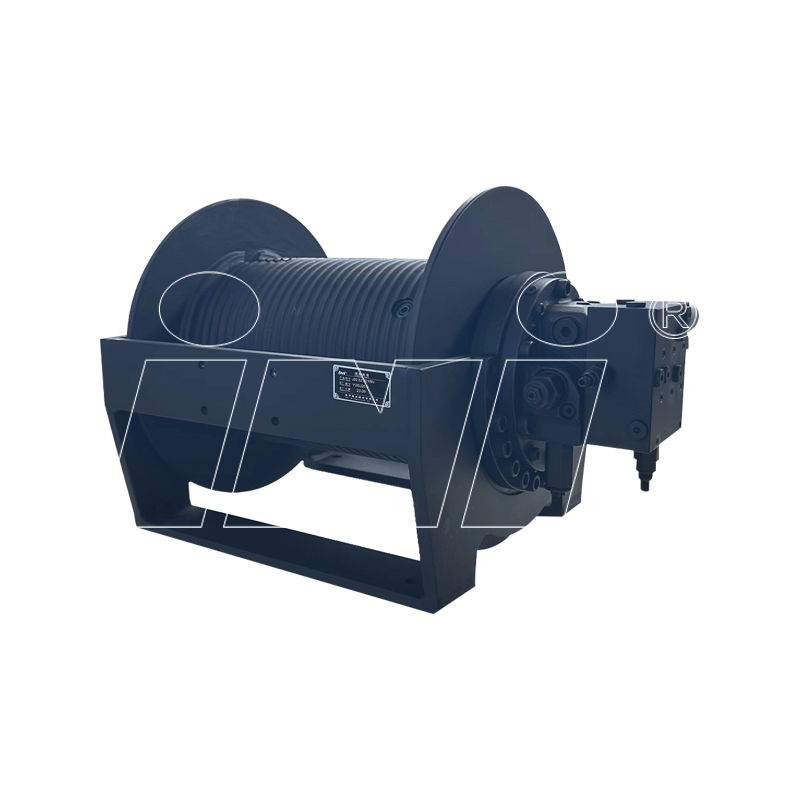
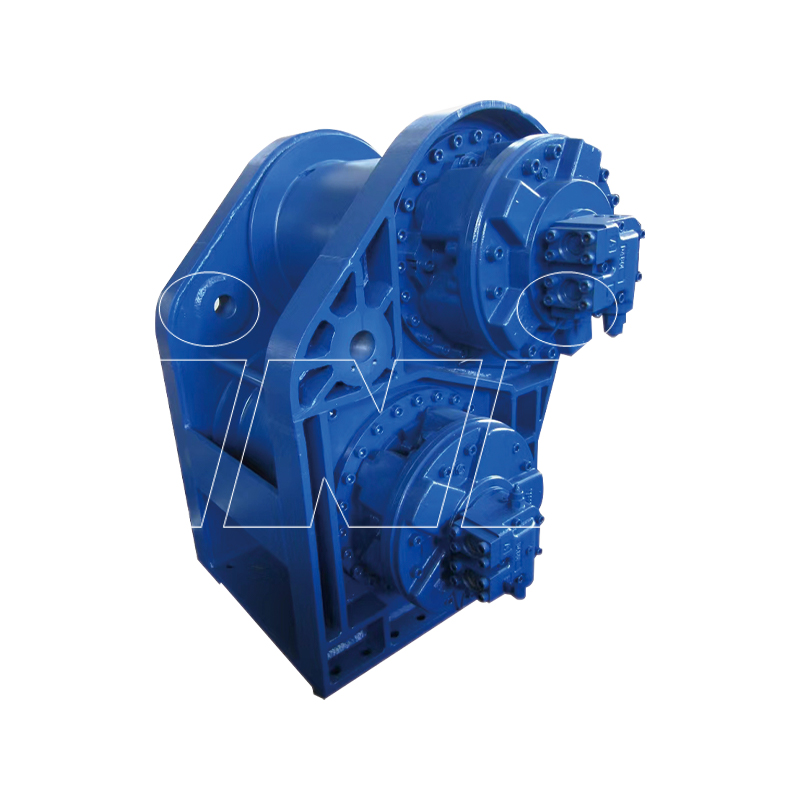

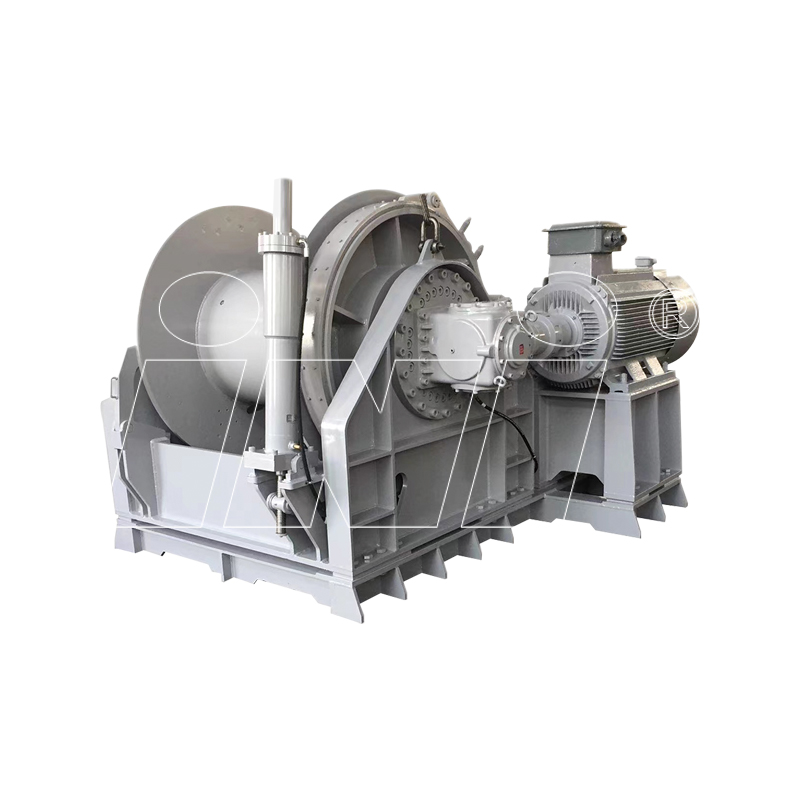

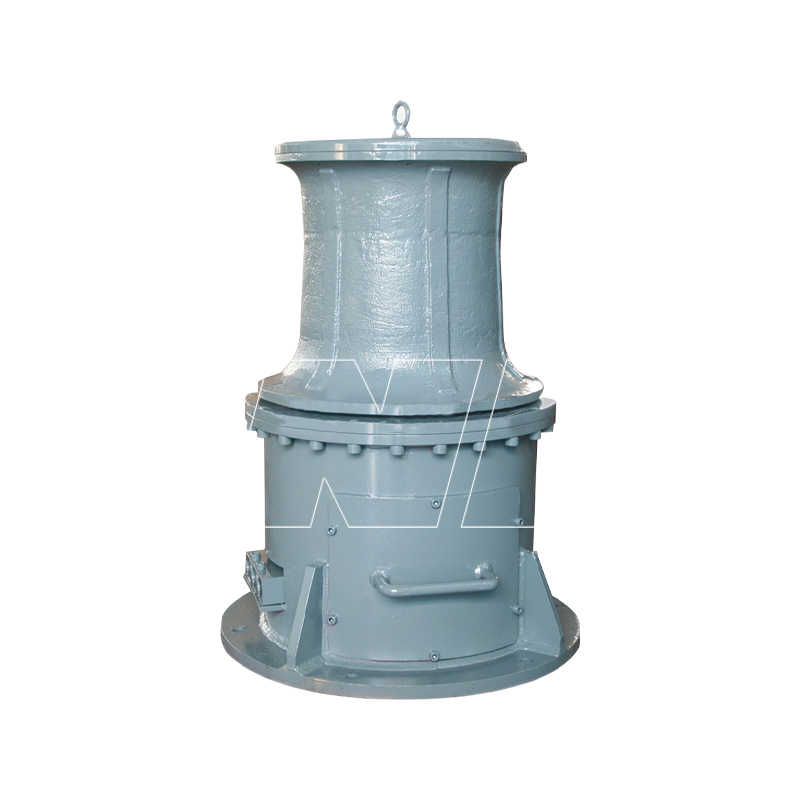

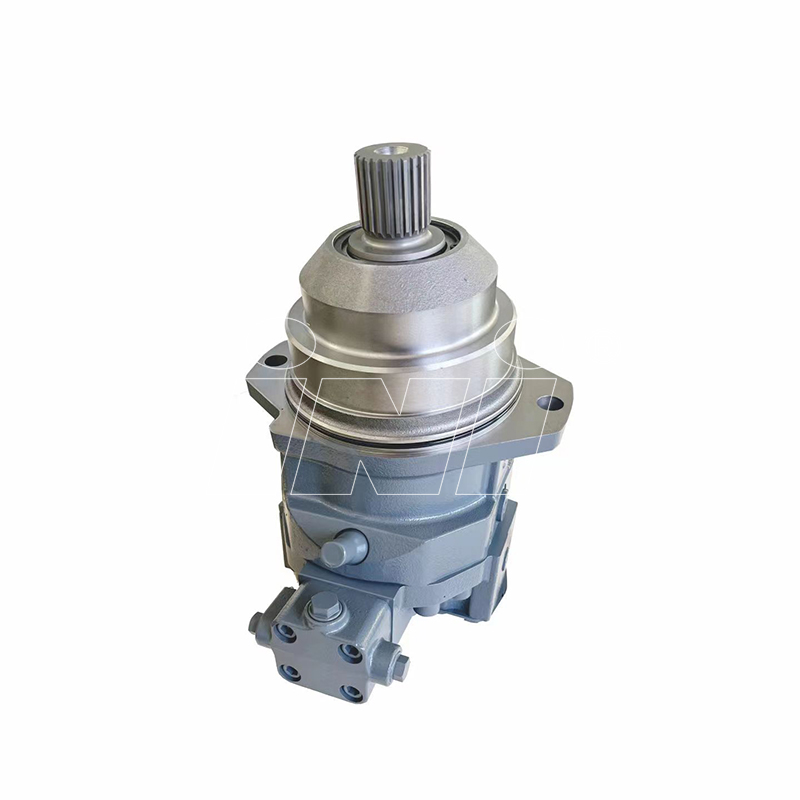

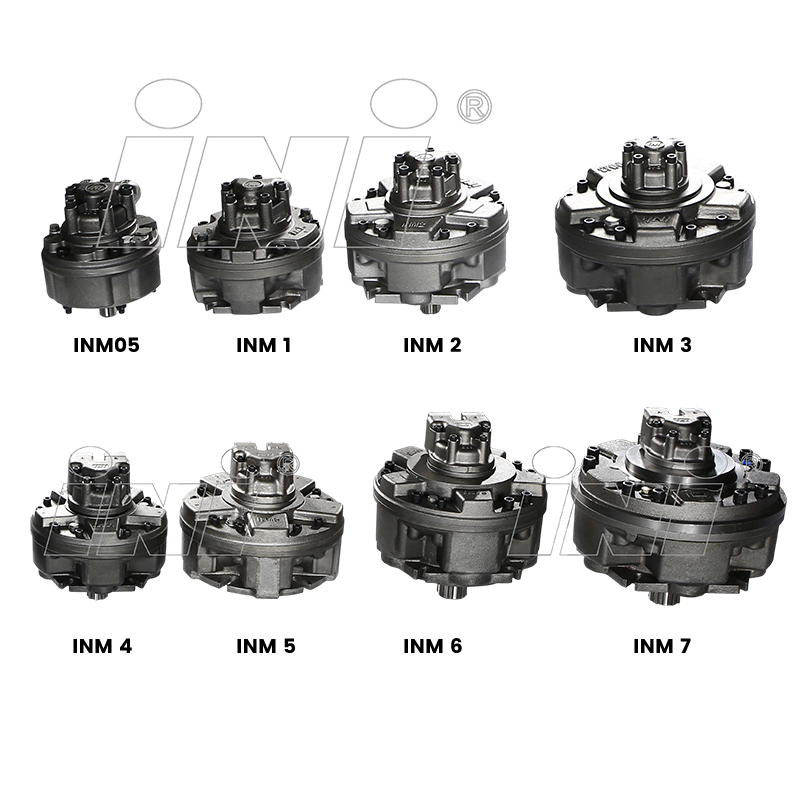

 English
English русский
русский Español
Español
 TOP
TOP